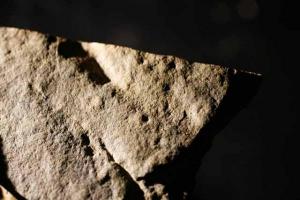
The Ediacaran preceded the Cambrian period, the time when most major groups of animals first evolved.
Scientists once thought that it was primarily microbes and simple multicellular animals that existed prior to the Cambrian, but that notion is changing, explained Loren Babcock, professor of earth sciences at Ohio State University.
"We keep talking about the possibility of more complex animals in the Ediacaran -- soft corals, some arthropods, and flatworms -- but the evidence has not been totally convincing," he said. "But if you find evidence, like we did, of an animal with legs -- an animal walking around -- then that makes the possibility much more likely."
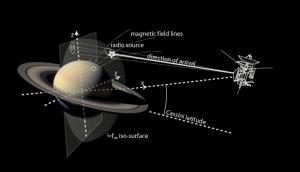
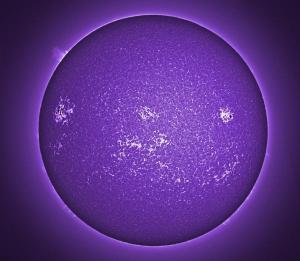

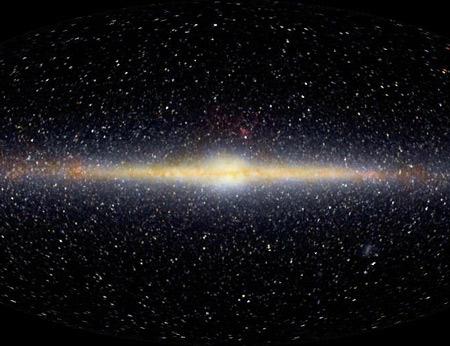
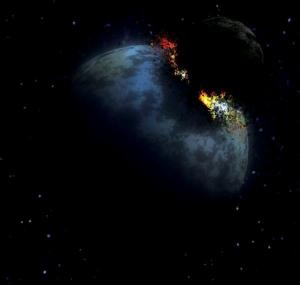



Comment: Interesting that the power structures of society have nearly destroyed an analogous ability within the human population to recognize pychopathic predators and share that knowledge, particularly in women.